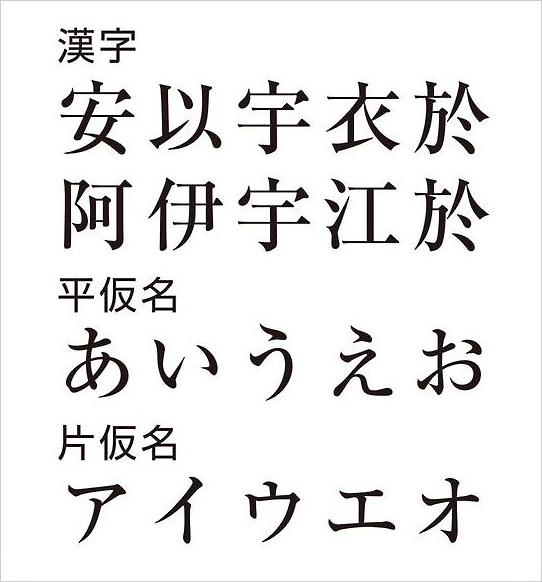Why do you use both hiragana and katakana scripts?
Seen from the foreign students in Japan-Japanese social phenomena from a global perspective-
Updated on Aug 31 2015
Q.Why do you use both hiragana and katakana scripts? I’m studying Japanese,but they’re difficult to use properly.
A.Hiragana and katakana have identical sounds but look different
The Japanese writing system consists of kanji (漢字: Chinese characters) and kana (仮名: phonetic symbols for syllables). While kanji characters are used to depict the essentials of each sentence, hiragana characters are used as postpositional particles and auxiliary verbs to support kanji. Kana has two versions ― hiragana (平仮名: plain syllabic script) and katakana (片仮名: fragmentary kana). The set of hiragana characters is derived from the cursive forms of kanji characters, while the katakana characters use parts of kanji characters. Both scripts were developed almost simultaneously, but they have always been used for different purposes. In the past, people favored hiragana as a tool to write waka (classical Japanese poems) and stories. In contrast, katakana was used for academic and practical purposes, such as writing Japanese commentaries on Chinese or Buddhist books and Japanese readings of Chinese characters used in old dictionaries. In prewar Japan, the katakana script was used for official documents, which used a combination of kanji and katakana. Therefore, primary students learned katakana before hiragana. Today, the use of katakana characters is limited ― they appear in strings of kanji and hiragana characters to accentuate certain words and phrases or their sounds. Cabinet Order No.2 from 1991 concerning the Notation of Loanword cites the following examples of using katakana: (1)foreign loanwords assimilated into Japanese and foreign words in Japanese; (2)the names of foreign people and locations; (3)technical terminology; (4)slang words and cants; (5)the names of animals and plants; and (6)onomatopoeic and mimetic words. In recent years, katakana characters have been used to emphasize the special features of certain words, such as dialects, local accents, words used by young people and sentence-ending particles ― like “ウザイ” “寒くネ,” “アホ,” ”ワガママ,” “ヤダ” and “そうなンですゥ.”


published in The Japan News on 31/8/2015

